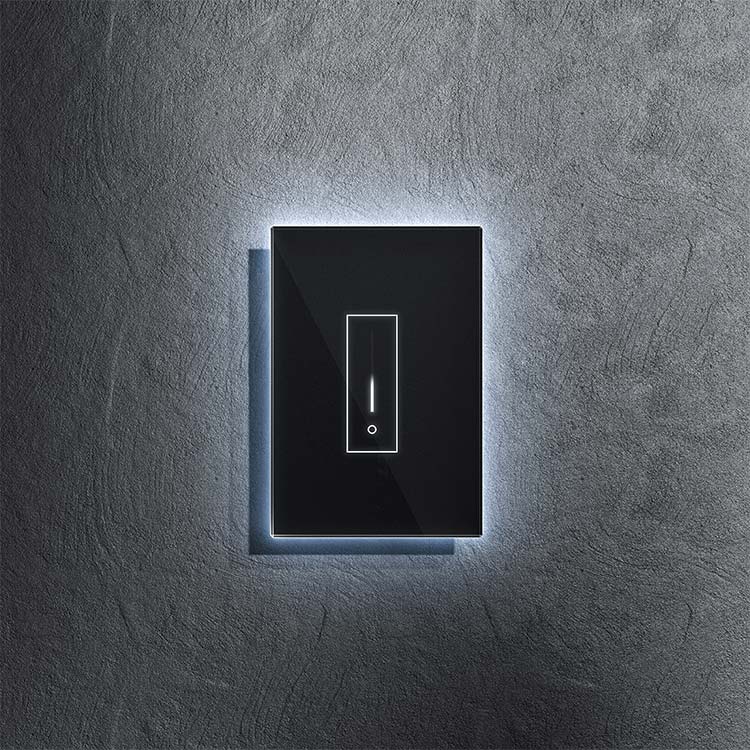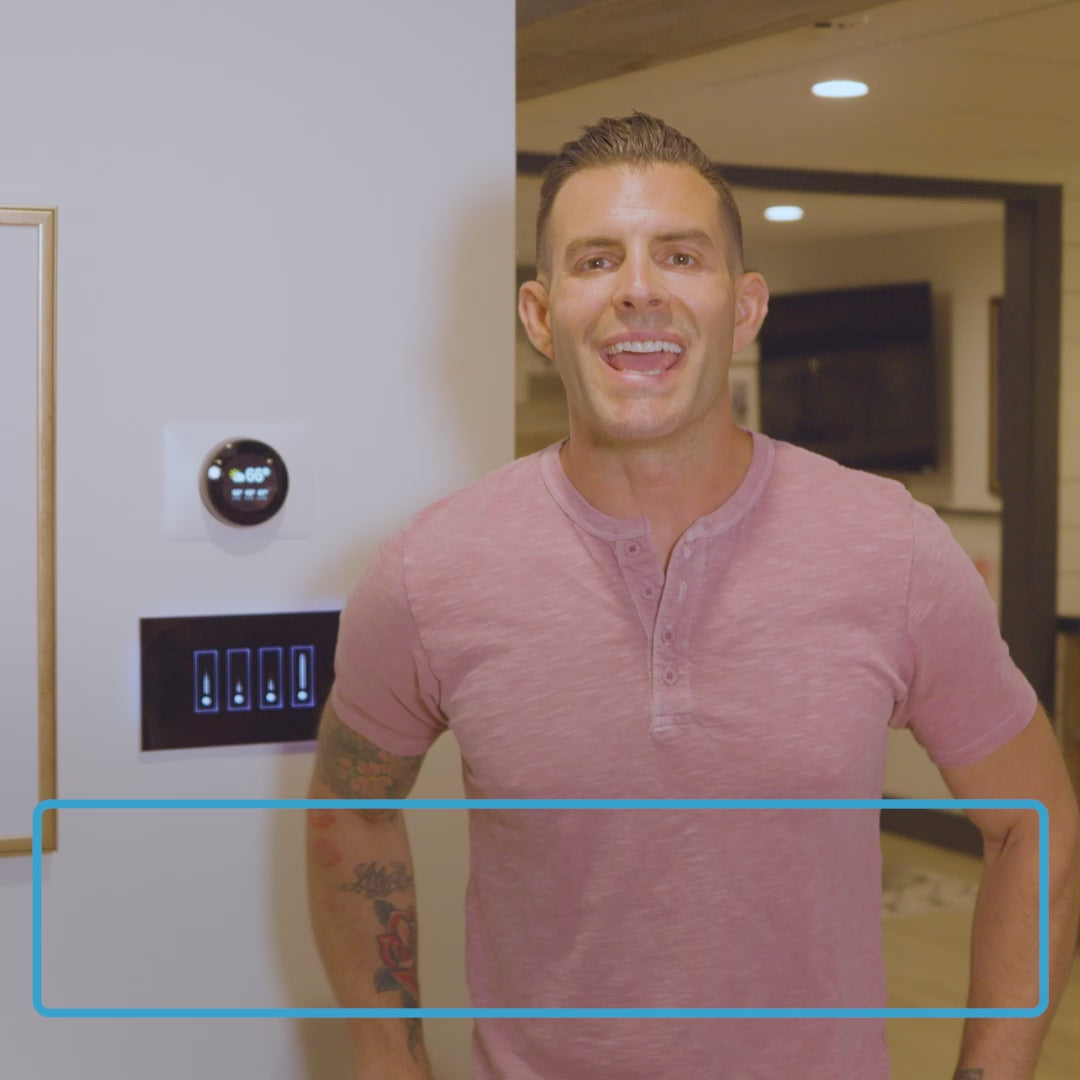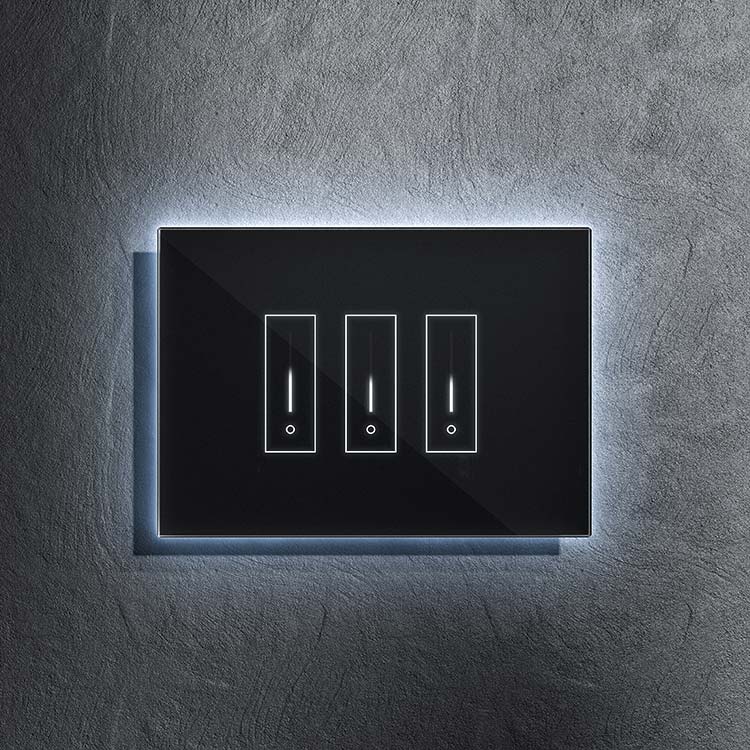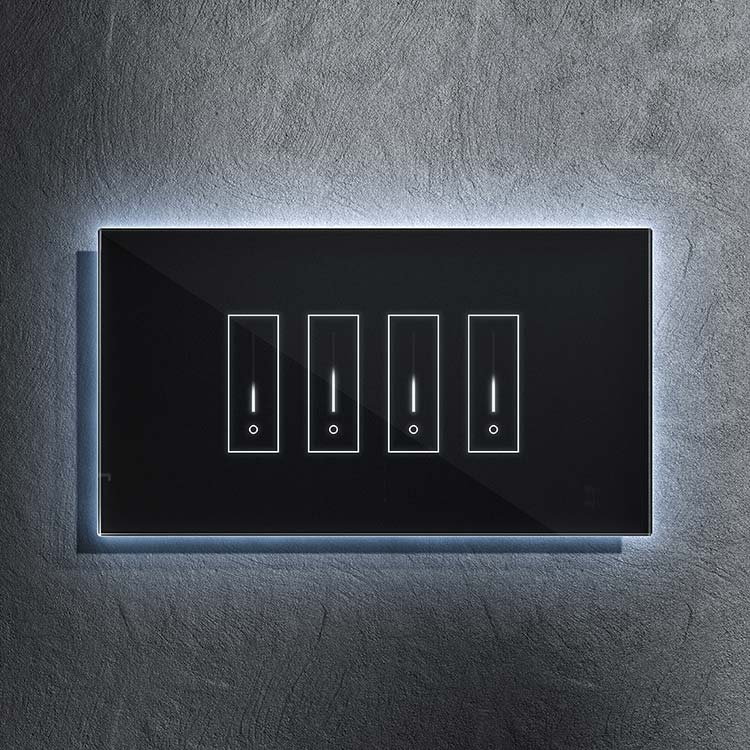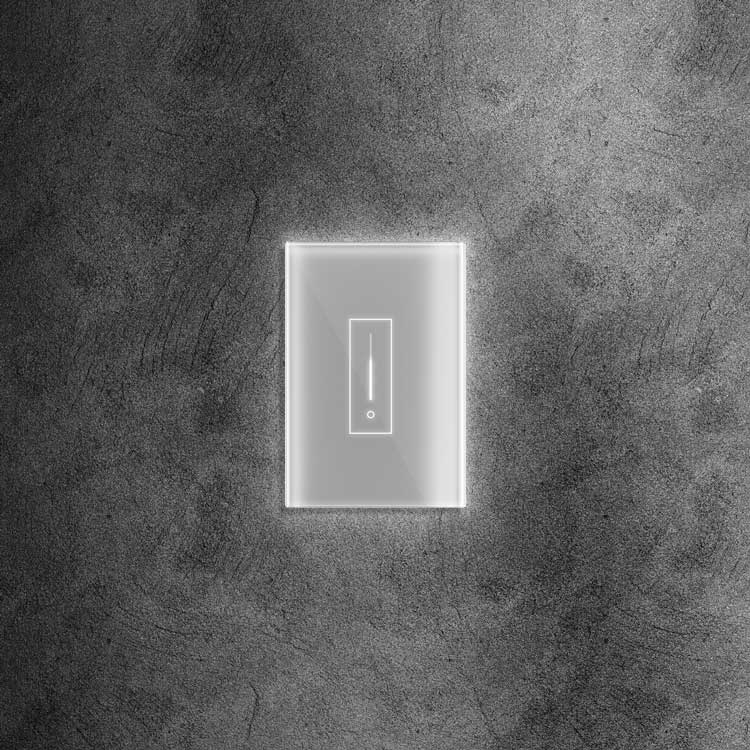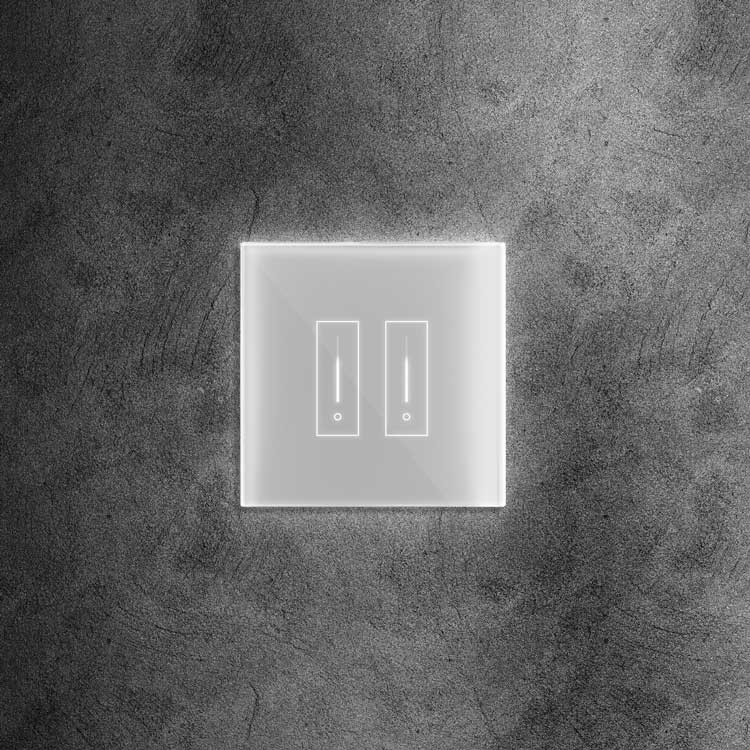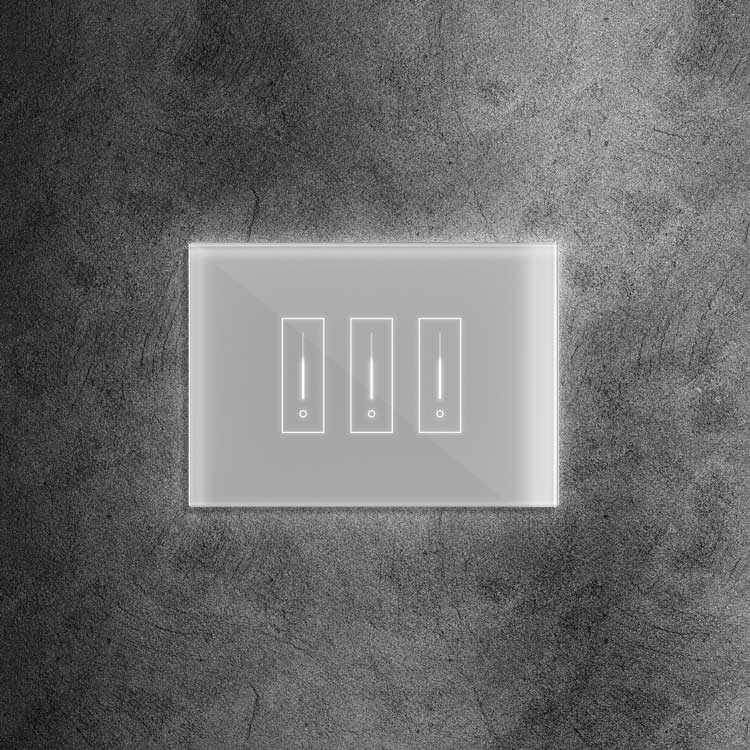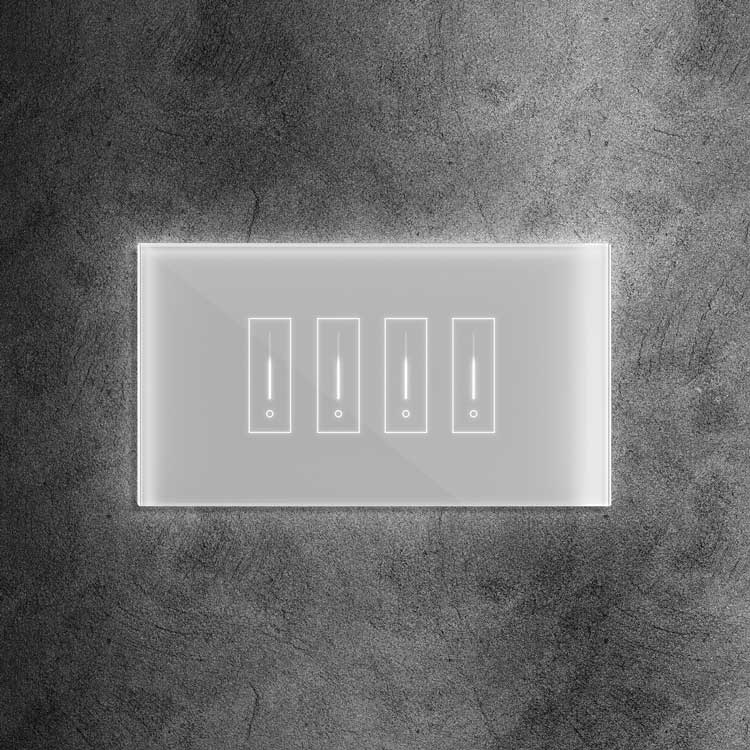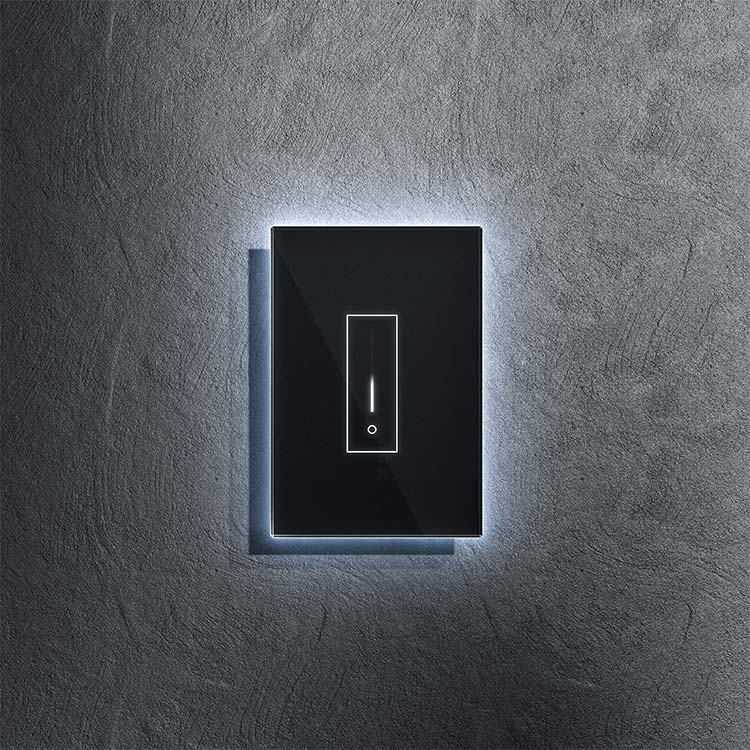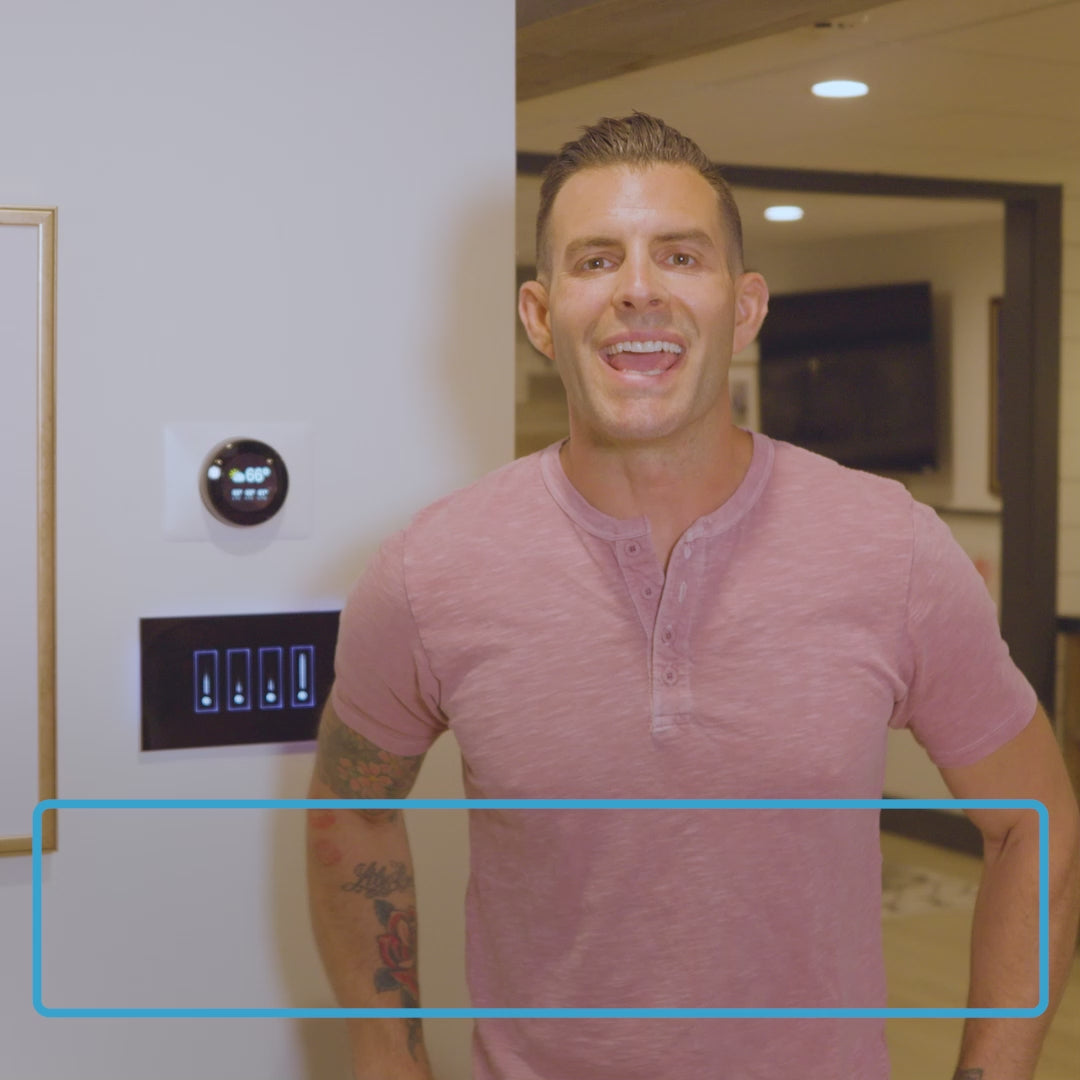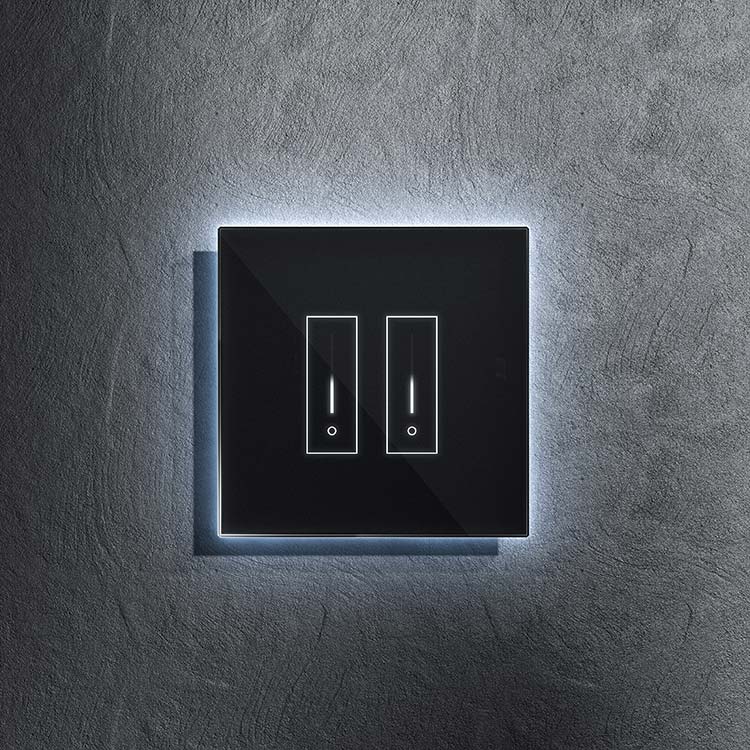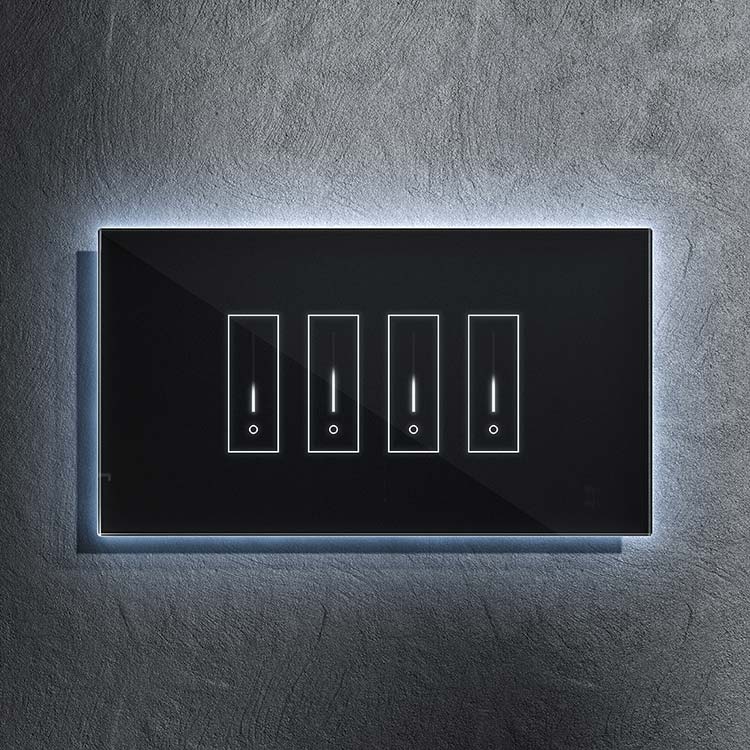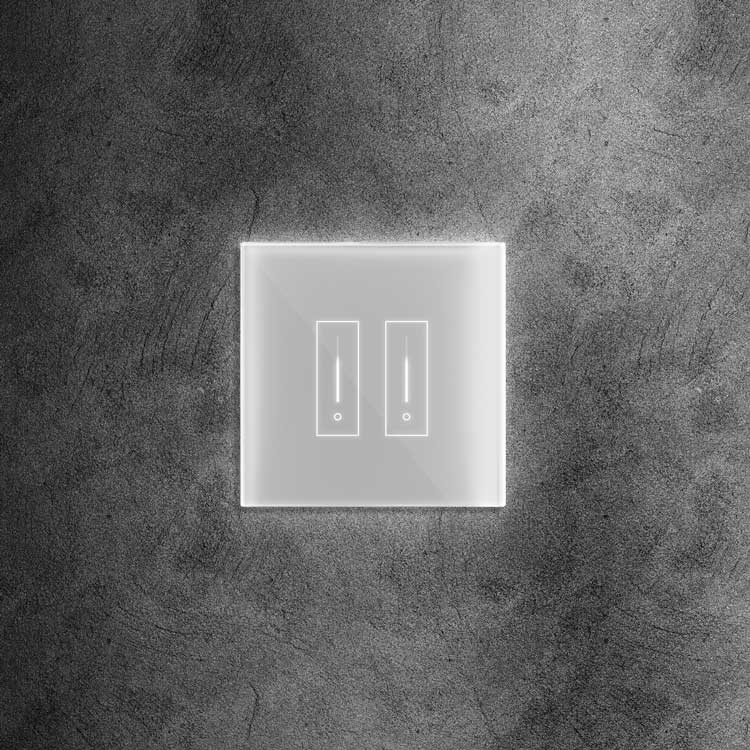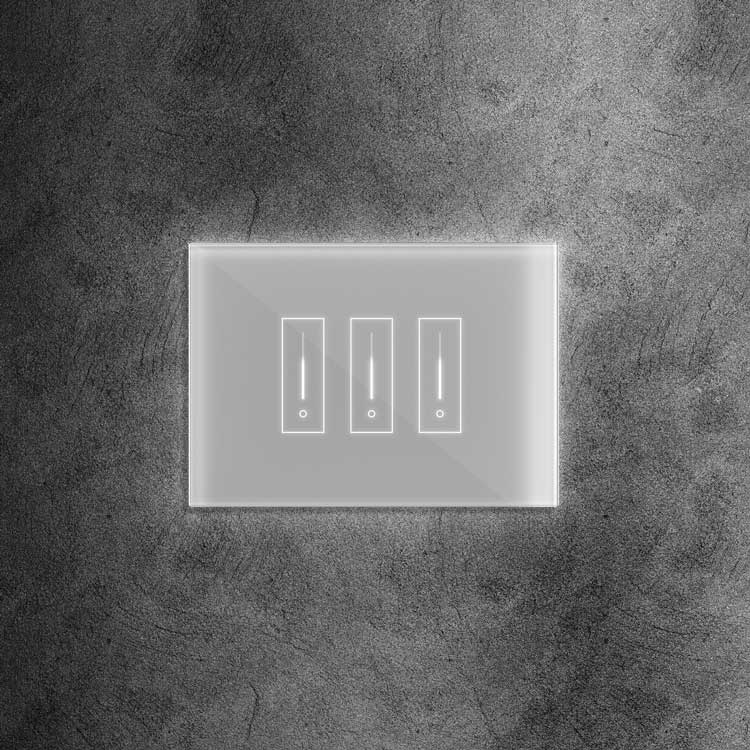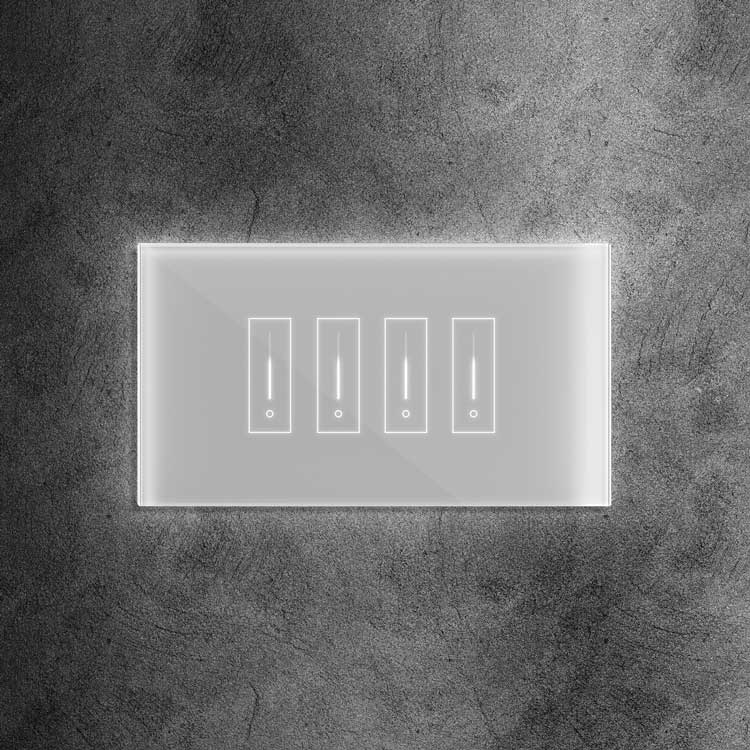In today's dynamic architectural landscape, the interplay of light and space is paramount. Modern lighting design stands at the forefront of innovation, reshaping environments and enriching experiences. From sleek minimalism to bold statements, designers embrace innovative approaches to create captivating, luminous landscapes. This article delves into modern lighting, exploring its transformative power and the ingenious methods shaping its evolution.
Embracing Technological Advancements:
Modern lighting design is propelled by technological advancements that push boundaries and redefine possibilities. LED technology, in particular, has revolutionized the landscape, offering energy-efficient solutions with unparalleled versatility. LED fixtures not only provide crisp illumination but also allow for dynamic control, enabling designers to curate ambiance with precision.
Moreover, smart lighting systems have emerged as a game-changer in modern interiors, seamlessly integrating lighting with automation and connectivity. From programmable color schemes to intuitive smartphone control, these systems elevate the user experience while optimizing energy consumption.
Blending Form and Function:
In the realm of modern lighting for living room, the emphasis is on seamlessly integrating form and function to create inviting spaces that inspire and delight. Designers are exploring unconventional shapes and materials, transcending traditional boundaries to sculpt luminaires that double as works of art.
From pendant lights that mimic natural elements to sculptural floor lamps that redefine spatial dynamics, modern lighting fixtures for living rooms are as much about aesthetics as they are about illumination. These fixtures serve as focal points, adding personality and depth to interiors while imbuing them with warmth and sophistication.
Harnessing the Power of Design Psychology:
Design psychology plays a crucial role in modern lighting design, as designers leverage the psychological impact of light to evoke emotions and shape experiences. In living rooms, lighting is used strategically to create focal points, define spatial boundaries, and enhance the overall ambiance.
Warm, ambient lighting fosters intimacy and relaxation, ideal for cozy gatherings or quiet evenings at home. In contrast, cooler tones can energize a space, making it conducive to productivity and socializing. By carefully orchestrating the interplay of light and shadow, designers can evoke moods ranging from tranquility to dynamism, ensuring that every moment spent in the living room is imbued with meaning and resonance.
Pushing the Boundaries of Creativity:
An innovative and experimental mindset characterizes modern lighting design. Designers strive to create immersive experiences that evoke strong emotions in the viewer. The possibilities are endless, from interactive installations that respond to human movement to kinetic sculptures that dance with light.
One of the most exciting trends in modern lighting design is the fusion of technology and art, which has given rise to luminous installations that transcend traditional notions of illumination. These immersive experiences engage viewers on a visceral level, inviting them to explore and interact with light in unexpected ways.
Sustainable Solutions for a Greener Future:
Modern lighting design is increasingly influenced by sustainability as the globe struggles with environmental issues. Eco-friendly materials and energy-efficient technology are becoming increasingly popular among designers to minimize environmental effects and lower carbon footprints.
With their low energy consumption and long lifespan, LED fixtures have emerged as a sustainable alternative to traditional lighting sources. Moreover, designers are exploring innovative approaches such as daylight harvesting and biophilic design to harness natural light and create healthier, more sustainable environments.
Exploring Adaptive Solutions:
Modern designers use sensors and automation to create dynamic settings that react to human requirements and tastes in their search for adaptable and adaptive lighting solutions. This approach, known as adaptive lighting, goes beyond static illumination, adapting in real-time to changes in occupancy, daylight levels, and user behavior.
In living rooms, adaptive lighting systems offer unparalleled flexibility, allowing users to customize the ambiance to suit different activities and moods. Whether it's movie night with soft, dim lighting or a lively gathering with vibrant colors and dynamic patterns, adaptive lighting ensures that the space evolves seamlessly, enhancing comfort and convenience.
Celebrating Diversity in Design:
Modern lighting design celebrates diversity, embracing many styles, influences, and cultural perspectives. From Scandinavian minimalism to Moroccan-inspired motifs, designers draw inspiration from a rich tapestry of traditions and aesthetics, infusing spaces with character and personality.
This diversity is evident in the myriad shapes, textures, and finishes available in modern lighting fixtures. Every fixture, from organic shapes evoking nature to slick metal finishes, offers a different tale and entices visitors to investigate and interact with the room more deeply.
Empowering Personal Expression:
Personalization is key in today's hyper-connected world, and modern lighting design is no exception. Designers empower users to express individuality through customizable lighting solutions catering to their unique tastes and preferences.
This emphasis on personal expression is particularly pronounced in living rooms, where lighting becomes an extension of the homeowner's personality and lifestyle. Whether a custom-designed pendant light or a programmable LED accent wall, modern lighting fixtures allow users to imbue their space with a sense of identity and belonging.
Fostering Collaboration and Innovation:
Modern lighting design is centered on collaboration, as manufacturers, designers, architects, and engineers work together to push the frontiers of creativity and innovation. Through interdisciplinary collaboration, new ideas are born, and innovative solutions emerge, driving the industry forward and shaping the future of illumination.
From research labs to design studios, the exchange of ideas and expertise fuels a culture of innovation, leading to breakthroughs in technology, materials, and design methodologies. This collaborative approach allows current lighting design to stay at the leading edge of development and adapt to the goals and needs of the future built environment.
Navigating Trends and Timelessness:
While modern lighting design often embraces cutting-edge technology and contemporary aesthetics, it also navigates the delicate balance between fleeting trends and timeless appeal. Designers strive to create lighting solutions that reflect the current zeitgeist and possess a lasting relevance that transcends fads.
This refers to choosing timeless fixtures and designs for living rooms that may change with varying tastes and lifestyles without losing their innate appeal. Timeless materials such as brass and glass, classic silhouettes, and clean lines ensure that modern lighting fixtures remain relevant for years, effortlessly complementing evolving interior styles.
Creating Multi-Sensory Experiences:
Modern lighting design goes beyond mere illumination, seeking to engage the senses and create immersive experiences that resonate on a visceral level. By integrating sound, motion, and even scent, designers craft multi-sensory environments that captivate and delight, transforming ordinary spaces into extraordinary realms of possibility.
Multi-sensory lighting in living rooms may bring back various feelings and memories, such as the reassuring warmth of a crackling fireplace or the energizing atmosphere of a busy cityscape. By orchestrating the interplay of light, sound, and texture, designers create holistic environments that appeal to the senses, fostering a deeper connection with the space and its inhabitants.






